There’s a lot of confusion about the difference between aerobic compost tea, worm tea, and leachate. Here’s what they are—and how to use them.
Aerobic Compost Tea, Worm Tea, and Leachate—What’s the Difference?
In the course of preparing for our Texas Master Gardener Worm Bin Workshop, I came across a lot of inconsistent information. Among the most confusing issues was that many sources both online and in print seem to confuse the terms referring to leachate and worm tea. The same sources also seem to blow it again when talking about worm tea versus aerobic compost tea. It’s easy to find yourself hopelessly confused!
In this article, I hope to demystify the subject a bit and provide clarity on a confusing topic.
Let’s start with leachate, the liquid that comes off the worm bin.
What is Leachate?
One of the most contentious issues in worm composting is what to do with the leachate. The most common definition of leachate is any liquid that, in the course of passing through matter, extracts soluble or suspended solids, or any other component of the material through which it has passed.
Leachate is a widely used term in the environmental sciences industries, where it has the specific negative meaning of a liquid that has dissolved environmentally harmful substances that may come to enter the environment. But for the purposes of this article, we are defining leachate as the raw liquid runoff (or seepage) that settles in or below the vermicompost or worm castings in a worm bin.
The Leachate Controversy
The controversy stems, in large part, from the debate over aerated compost tea versus non-aerated compost tea. Fans of aerated compost tea do not like the fact that worm bin leachate is anaerobic, which they believe encourages the growth of microorganisms unfavorable to plants. They like to point out that worm bin leachate is not aerated compost tea.
This is completely true, but I am not so convinced that this is a big problem.
You May Also Enjoy:
“Composting the SCARY Stuff—Meat, Dairy, Bones, and Human Waste!”
“Small-Space Vermiculture, Step-by-Step”
“Sheet Mulching: Build Soil, Thwart Weeds, and Make Your Garden Fertile”
Those critical of using this “worm juice” do make valid points, and I, too, recommend using leachate with care, but I did find two peer-reviewed studies showing the benefits of unaerated worm compost leachate: “Vermicomposting Leachate (Worm Tea) as Liquid Fertilizer for Maize” and “Vermicompost Leachate Alleviates Deficiency of Phosphorus and Potassium in Tomato Seedlings.” I also found several Extension Service publications that tout the use of worm bin leachate.
What to Do With Your ‘Worm Juice’
It is not at all unusual for folks to be a little hazy on what to do with their “worm juice.” One lady I spoke with said, “We just changed our bins to add a drainage system. I just pulled the cork out and got nearly two cups of worm juice. My husband is trying to convince me that I should go ahead and feed it to my house plants, but I’m worried that adding this cocktail to my basically inert potting soil might stir up problems. Is it safe to use this stuff as a fertilizer?”
Another person said, “I get this dark liquid from my worm bins. I’m thinking most of the juice came from the castings and might have some great stuff in it, and not a lot of rotten stuff, and that’s why I kind of want to give it to the plants. Is that a bad idea? I just want to know what the heck to do with it. It’s winter here, so I can’t put it on my garden beds outside. I really don’t want to waste it, though! What do people do with it? Do you put it on your house plants, and have you gotten a good reaction from it?”
You May Also Enjoy:
“Special Challenges to Managing NPK in the Organic Garden”
These are excellent questions. I’ve talked and written about this topic a number of times, but it’s definitely one that continues to confuse people and deserves to be revisited from time to time.
Unfortunately, there seems to be misleading information provided by some worm bin manufacturers (and website owners).
The terms “worm tea,” “worm compost tea,” “castings tea,” or “vermicompost tea” should actually refer to the liquid fertilizer created by steeping (soaking) quality castings/compost in water (often aerated) for a period of time.
The problem is that many people refer to the liquid that drains out from a worm bin as “worm tea.” This is incorrect. The proper term for this is actually “leachate.”
Obviously, we’re only talking about semantics here, so it may seem that I’m splitting hairs, but keeping the distinction between these terms is actually quite important.
Using Leachate … With Care
While leachate can certainly have value as a liquid fertilizer (especially when drained from a mature worm bin and diluted), it should be treated with a lot more caution than good-quality worm tea.
As water passes down through a worm bin, it can pick up all sorts of unstable metabolites (various products/intermediates of the decomposition process). If, for example, you have some fairly anaerobic zones in your worm bin, you can end up with various phytotoxins (toxins that can harm plants and humans). Some of these toxins are created by bacteria.
You May Also Enjoy:
“Attracting Pollinators to the Garden Year After Year”
“7 Ways to Use Pine Trees for Food and Medicine, Year-round”
Every worm bin has good and bad microbes. This is perfectly fine and is even expected—provided, of course, that the good ones outnumber the bad ones.
Some leachate can contain harmful pathogens because it has not been processed through the worms’ intestinal tracts. It is often recommended that it should not be used on garden plants you plan to serve to your friends and family.
How to Capture Leachate
During decomposition, waste releases liquid from its cell structures as it breaks down. This leachate seeps down through the worm composter into the collection area. The leachate should be drained regularly, and if you are getting more than 2-4 ounces of liquid in a week, the worm composter is probably too wet!
If your composter has a spigot attached, I would recommend leaving the spigot open with a container underneath to catch the leachate. This will prevent it from building up in your system. Just keep an eye on it to make sure your container doesn’t overflow!
If, like me, you have a homemade worm bin, you can keep a drip pan underneath to catch the leachate.
You May Also Enjoy:
“How to Make Bone Broth in 5 Easy Steps + Benefits & Uses”
Finished composts are much better to use for brewing worm tea because they are much more uniform in composition, and the vast majority (if not all) the potentially harmful compounds have been converted into something more stabilized.
The microbial community present in these materials tends to be more beneficial, as well.
I’m not trying to scare you here, and I am not implying that leachate is “poison” and should never be used. I’m simply saying that while leachate can have value as a liquid fertilizer, it should be treated with caution. For every story extolling the benefits of using leachate, there is one lamenting problems from having used it.
4 Steps to Using Leachate Safely
If you decide you want to use leachate, I recommend taking some extra steps:
1. Do not use it if it smells bad! It should smell like earth (and not gross) when it comes out of the worm composter. If it smells bad, pour it out on an area like a roadway or driveway where it cannot harm living plants or animals.
2. Dilute it at a ratio of 10 parts water to 1 part leachate (10:1).
3. Aerate it with an air pump if available.
4. Use it outdoors on shrubs, ornamentals, or flowering plants only. Do not use on plants you intend to eat.
What Is Worm Tea?
Now let’s move on to the next confusing liquid: worm tea. Worm tea is about what it sounds like—worm castings steeped in water for a certain amount of time.
“Fresh earthworm castings contain more organic material—nitrogen, calcium, magnesium, phosphorus, and potassium—than soil itself,” according to Texas Agrilife Extension Service. Worm castings and the tea you make from them also ward off root-knot nematodes—a parasitic creature that causes deformed roots and drains nutrients out of plants. Plants like strawberries that tend to attract fungal spores will also benefit. Castings contain anti-fungal chemicals that help kill the spores of black spot and powdery mildew.
Making simple worm tea is really nothing more than steeping—much like making any other tea you would drink yourself. It is very easy, and it is good for your plants, too.
You May Also Enjoy:
“Extreme Composting: Say Goodbye to Landfills and Hello to Soil Fertility”
“Why You Should Add Clay to Your Compost Pile”
“5 Inexpensive, Simple Solutions For Small-Space Composting”
In the process of steeping, water is added to the earthworm castings to simply extract the microbes from the castings into the water. The resulting liquid solution is then applied to plants or soil in various ways.
Many bottled teas you see on the shelf use this method.
To make your own, just take a bunch of worm castings and put them in the bottom third of a bucket. Fill the rest of the bucket with rainwater or non-chlorinated water (or tap water left out in the sunlight for 24 hours if you must). Let the mixture steep for 24 hours. Strain out the solids, dilute with water at a 1:1 ratio, and apply directly to your plants or soil.
What is Aerobic Compost Tea?
Aerobic compost tea is also known as aerobic worm tea, and it is known mostly for its ability to boost microbiological activity in soil by adding beneficial bacteria, fungi, acinomycetes, and protozoa to the soil.
It is brewed either by soaking a porous bag full of worm castings in water or by simply dumping the castings into a container of clean, chemical-free water. Molasses, corn syrup, or another microbial food source is then added to the water as a catalyst to stimulate growth of the microbes. And finally, an air-pumping system is installed to create an aerobic (or oxygenated) environment for the multiplying microorganisms.
8 Benefits of Aerobic Compost Tea
Aerobic compost tea is beneficial in many ways.
- The microbes delivered in aerobic compost tea help plants by out-competing anaerobic and other pathogenic organisms within the soil.
- These beneficial microorganisms can also move in to occupy infected sites on plants’ root and leaf surfaces.
- Brewing aerobic compost tea speeds up the growth rate of microbes such as bacteria, fungi, protozoa, and nematodes, and multiplies their numbers exponentially. As a result, this method populates your garden with beneficial microbes more rapidly than applying worm castings alone.
- When you spray or pour the tea on the soil, you are not only feeding the plant, but also increasing the number of beneficial microbes in the soil, thus crowding out the bad ones.
- It has been proven that the tea, along with the castings, can significantly increase plant growth, as well as crop yields, in the short term (a season) and especially in the long term over a period of several seasons.
- Along with these great benefits come a boost in the plant’s own immune system, enabling it to resist parasites like the infamous aphid, tomato cyst eelworms, and root-knot nematodes. Plants produce certain hormones that insects find distasteful, so they are repelled. Aerobic compost tea also helps a plant to resist diseases such as Pythium and Rhizoctonia.
- When either worm tea or the more effective aerobic compost tea is sprayed on leaves and foliage, detrimental and disease-causing microbes are again outnumbered and cannot grow their numbers to dominate any single plant.
- The teas also aid the plant in creating the “cuticle,” a waxy layer on top of the epidermis, or plant skin. This waxy surface protects the leaves from severe elements and reduces attacks by certain harmful microorganisms and insects.
Making Your Own Compost Tea
Making any type of organic compost tea involves a few key steps:
- Choosing the right compost
- Choosing the right nutrients
- Brewing and applying the tea correctly
Please note that the instructions below are only meant to give you some background about tea making, not a step-by-step guide on how to make the teas. We provide information on that elsewhere on the site, such as in this article by David the Good:
The compost used in making tea is like the starter you use in making yogurt. The compost inoculates the tea with organisms. Thus, you want the compost you begin with to have a good diversity of beneficial organisms. Worm castings are super for this purpose!
Tailoring Compost Tea to Different Plant Preferences
Keep in mind that different plants differ in their soil preferences. Some need a bacteria-dominated soil, others want a fungi-dominated soil, and still others like a soil that’s somewhere in between.
When making an organic compost with more fungi, mix in larger amounts of cardboard, paper, sawdust, wood shavings, and heavy stalk plant material as you prepare the compost. For bacterial dominance, use food waste and green plant waste. Whatever compost you use, be sure it is finished, well-stabilized compost, and that it’s fairly fresh. Again, worm castings are ideal for this.
You May Also Enjoy:
“5 Inexpensive, Simple Solutions For Small-Space Composting”
“6 Organic Nitrogen Fertilizers for Healthier Soil”
“Make Peace With Your Poop (and Then Make Compost With It!)”
As I mentioned above, I really like to use rainwater whenever I can, but you can always use dechlorinated water. One old-timer I talked to said he only ever uses pond water to make his compost teas. I have seen his garden, and I can tell you it looks to me like using pond water is a good way to go!
Which Nutrients to Use While Brewing?
The nutrients you introduce while brewing also influence the finished tea.
To encourage the development of fungi in the tea, you can mix two parts humic acid; two parts yucca, saponin, or aloe vera; and one part fish hydrolyzate or other proteins into the water.
For bacterial dominance, you can feed one liquid ounce blackstrap molasses per gallon of tea and and an equal amount of cold-water kelp. For the molasses, you can also substitute brown sugar, honey, or maple syrup if you like.
Should You Use Worm Tea or Aerobic Compost Tea?
Go to the library or search online for information on leachate, worm tea, and aerobic compost tea and you will find many sources of conflicting information, mainly over the terminology involved in determining what is actually leachate and what is a worm tea (be it aerobic or simple tea). The main thing to remember is that while any form of worm tea may not sound too appetizing to you and me, our plants will really love it.
You May Also Enjoy:
“How to Make Fish Emulsion Fertilizer”
“A Simple Fertilizer From the Greek Gods” (Fertilize with Beer and Milk)”
“Jump-Start Your Compost With These 5 Free, DIY Compost Activators”
Worm tea lets you fertilize without adding bulk to your soil, and water your garden with something really healthy for your plants. Trust me here, your garden will practically jump up and shout “Hallelujah!” when fertilized with either worm tea or aerobic compost tea, and you will be amazed at the growth, flowering, and fruiting that results.
Spray your plants liberally on the leaves, stems, and surrounding soil. Use teas on clay soil to begin its transformation to humus. Use them on your flowers indoors and out, and on your other house plants to feed and nourish both the plants and the soil.
Read More: “Fertilizing Container Gardens: A Beginner’s Guide”
Use teas on your compost pile to introduce the microbial activity and hasten the compost pile’s beneficial breaking-down process. Inoculate the ground surrounding your fruit trees. Use them on manure piles that stink and marvel at how fast the stink and flies go away! A properly brewed worm tea is child, pet, and wildlife friendly.
3 Tips for Using Worm and Compost Teas Successfully
A few things to keep in mind:
• Foliar Spray/Wash: It’s best to spray all surfaces of your plants in the early morning or late afternoon when the suns angle is low and less intense. When possible, do your foliar spraying on clear days, since rain may wash away some of the microbial activity.
• Soil Inoculant/Drenching: Always apply teas out of direct, intense sunlight. Use them pure or dilute them (10:1 is a suggested maximum dilution rate). Dilution ratios vary for different application techniques and equipment. An ideal time to apply is during periods of mist or fog, but not heavy rain. Alternately, irrigate a little before your application to ensure the microbes will survive and can travel more quickly and safely to their new job locations. Always use nonchlorinated water.
• Smell: If a tea stinks, do not use it on your vegetables, as it is demonstrating anaerobic properties and may contain pathogens. Some suggest you use this stinky mix on an undesirable weed bed!
In Summary
- Leachate–The correct word for the dark liquid that comes out of the bottom of your worm bin. If your bin is maintained correctly, you should have very little leachate and what you do have can be used safely (in 1:10 diluted form) on your ornamental plants. Sometimes leachate is incorrectly referred to as “worm tea.” Some sites refer to it as “worm wee,” but even that is technically incorrect.
- Simple Worm Tea–A mix of worm castings and water. Useful if you don’t have an air pump but still want some liquid fertilizer from your worm bin.
- Aerobic Compost Tea–An aerated mixture of worm castings, nonchlorinated water, and molasses or another microbial food source. It contains an active culture of microorganisms and should be used immediately, otherwise the benefit of aeration is all but lost.
I really hope that this article helps clear things up. I know that many of you may not agree with the terminology I have used in this article, but I think that using the above will help to demystify an area of gardening that can be of great benefit to all of us!
What Do You Think?
Do you use leachate, worm tea, or aerobic compost tea on your plants? What do you find works best? Share your results and thoughts in the comments section below!
_________________
This is an updated version of an article that was originally published on October 2, 2015. The author may not currently be available to respond to comments, however we encourage our Community members to chime in to share their experiences and answer questions!
The Grow Network is a participant in the Amazon Services LLC Associates Program, an affiliate program designed to provide a means for our team to earn fees for recommending our favorite products! We may earn a small commission, at no additional cost to you, should you purchase an item after clicking one of our links. Thanks for supporting TGN!

The Grow Network is a global network of people who produce their own food and medicine. We’re the coolest bunch of backyard researchers on Earth! We’re constantly sharing, discovering, and working together to test new paths for sustainable living—while reconnecting with the “old ways” that are slipping away in our modern world. We value soil, water, sunlight, simplicity, sustainability, usefulness, and freedom. We strive to produce, prepare, and preserve our own food and medicine, and we hope you do, too!
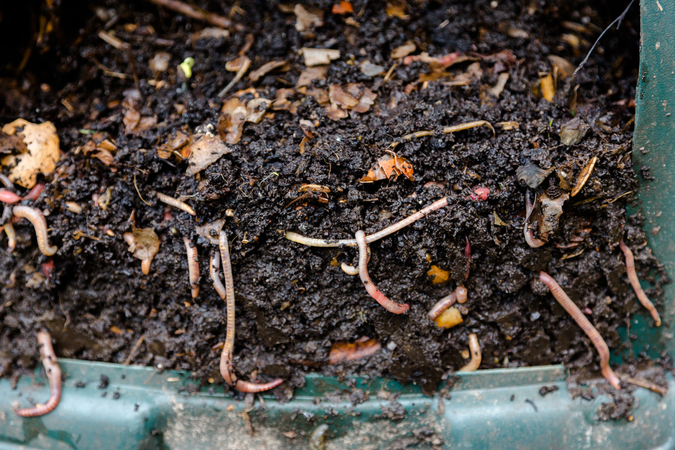
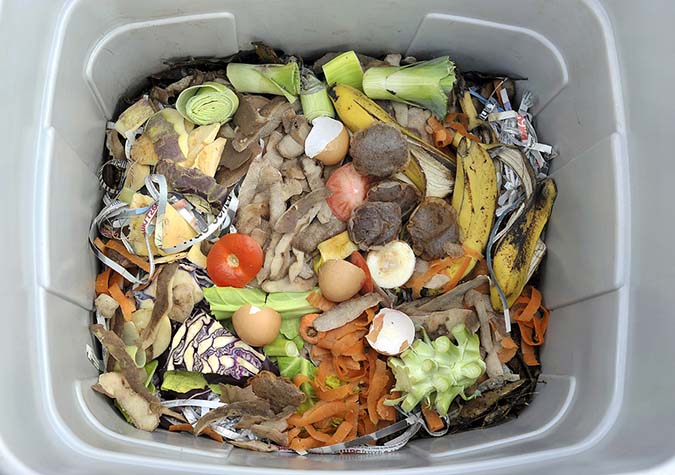
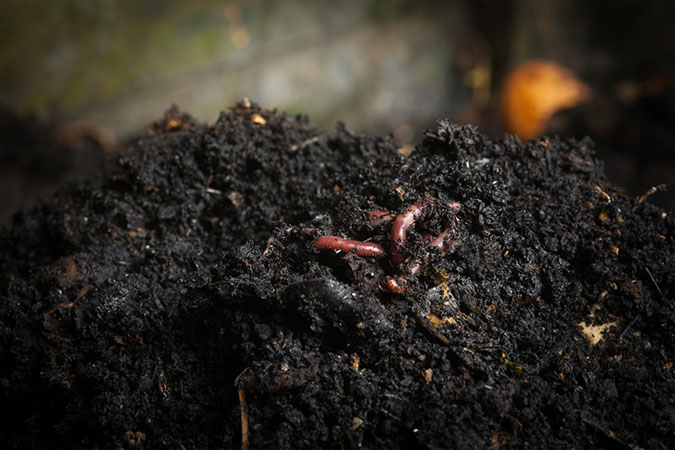
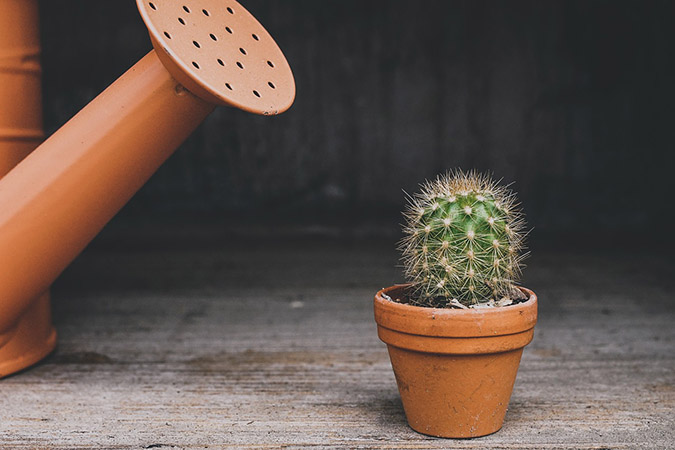
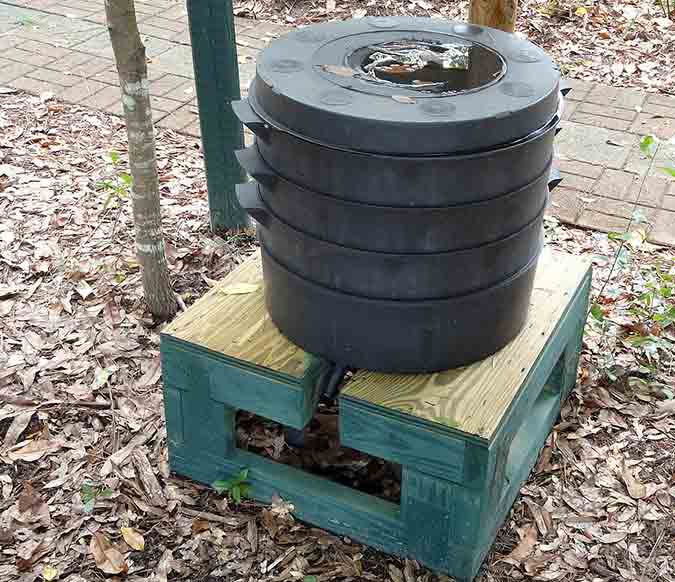
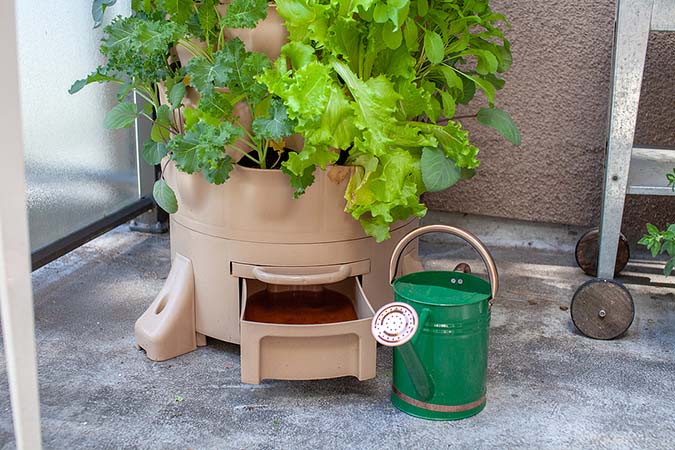
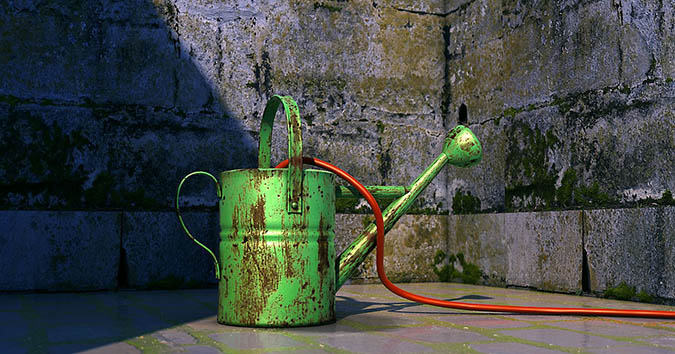
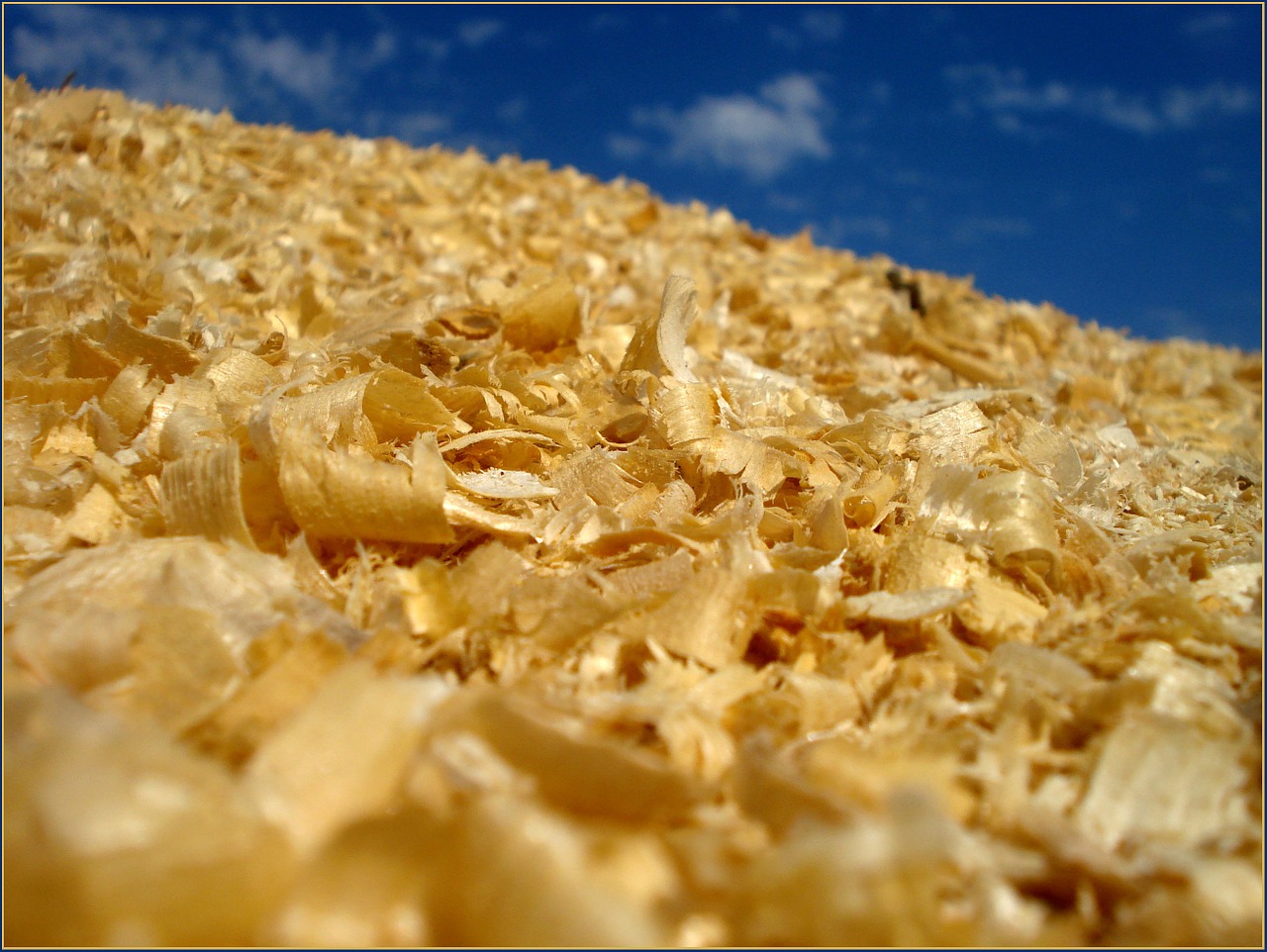
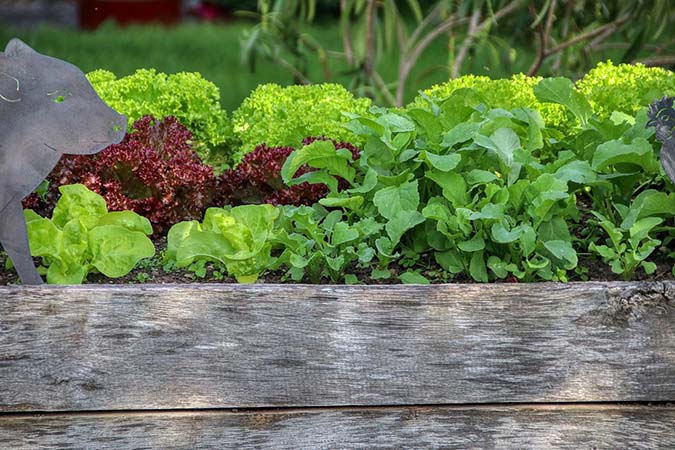







COMMENTS(10)
Joe – You are a wealth of great information on gardening (and eating raccoons). I’ve really enjoyed all your recent articles for their good, detailed information.
I have a carambola tree that drops about 50 per day, eight months a year. I put these in a compost barrel. I was thinking of investing in a 4 tray worm farm but heard that citrus is too acidic for the worms, and carambolas (star fruit) is also acidic. Otherwise I would buy one as I don’t have much kitchen garbage.
Charles
I like using the remainders of my infusions (such as comfrey, nettle, prunella, etc.) as a fertilizer to feed my plants. I’ve also given them chlorophyll mixed in water—some plants (like nettle) go for the green while others couldn’t care so much 🙂
Thanks for this info—I see we can expect to be reading many more informative articles from you 🙂
Thanks for the article! That really helped me to understand the differences and how to use them. I had been doing it incorrectly but will change that with the next season.
I am glad you found the information useful!
So appreciate the clarification of tea and leachate and some info on how to use/not use them. THANK YOU! Would love to read your step-by-step guide for making worm tea. The idea of different plants preferring fungi dominated soil, others bacteria dominated, and others being in between is a new concept for me. Would like to know more about that also. Any source recommendations for my curiosity?
I’ve read a lot about EM (environment microbes) products and started using it on the garden as it was much easier, time consuming and less costly than making the tea. I apply it with a hose end sprayer over the entire garden. I regularly make milk kefir for family consumption and read that the whey from the kefir with the molasses is the same as EM and it seems to do the same thing as the “tea” if I understand it correctly. What are your thoughts on this.
Hi Joe, How do I know which plants want bacteria and which want fungi?
Thanks for that. Is there a process for redeeming the anaerobic leachate into something more reliably safe? Perhaps by aerating it and waiting for nature to take it’s course?
since I live in central texas where the fire ants are,if I ad blackstrap molasses wont this attract fire ants? A little confused about this